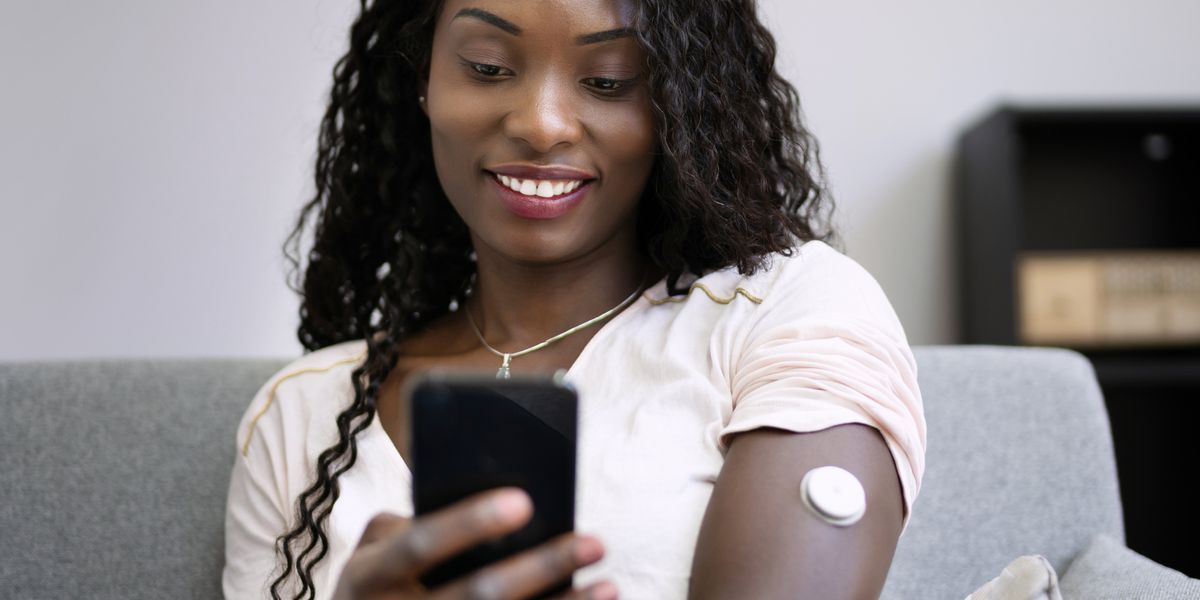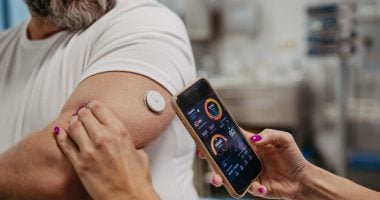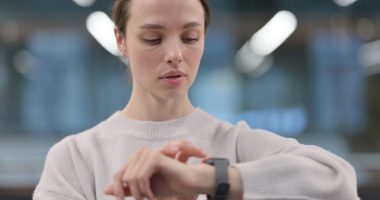A continuous glucose monitoring (CGM) sensor is a less intrusive way of tracking your blood sugar levels dynamically. Instead of taking finger prick readings throughout the day, a CGM allows you to track your glucose all the time, even while sleeping.
How does a CGM sensor work?
Continuous glucose monitors measure the glucose in your interstitial fluid – a thin layer of fluid which surrounds the body’s cells and provides them with nutrients.
For people with diabetes, monitoring your glucose levels at all times can make all the difference when it comes to controlling your glucose levels and avoiding blood sugar spikes.
A CGM is typically placed on the back of your upper arm, where it is most safe from knocks as you go about your daily life.
If you’ve just received your first CGM and need help applying the sensor, or you’ve been having trouble making your sensor stay on, below is a step-by-step guide on sensor placement and adhesion.
Finding the right CGM sensor application site
Most sensors are placed on the back of the upper arm, where it’s less likely to brush against things such as doorways, although some sensors can also be applied to your abdomen, thigh, buttocks or back.
If you’re unsure where to put your sensor, check the information booklet that came with your device, or consult your doctor.
You must avoid using body lotions or creams on the area as this can interfere with readings and impair the sensor’s adhesion.
Select a smooth area of skin free from birthmarks, stretch marks, scars or lumps at least one inch away from where you would usually inject your insulin.
Preparing your skin
When cleaning the area where you plan to place your sensor, ensure you use a non-moisturising fragrance-free soap. Instead, a moisture-free alcohol wipe that doesn’t contain ingredients such as glycerol can be used to clean the skin.
Try to let your skin air dry before applying the sensor.
Depending on your skin type, you may have to spend a little extra time ensuring the skin is ready for the sensor to be applied. While this can be inconvenient, it can significantly improve the sensor’s adhesion, meaning it will last for longer.
Extra steps for your skin type
If you have oily skin, lotions, soaps, shampoos and hair conditioners can leave an oily residue on your skin, compromising how well the sensor sticks to your skin.
After following the steps above to ensure a clean sensor site, use an alcohol wipe to remove an excess oily residue from your skin.
For hairy skin, simply shaving the area until it is free from excess hair will help the sensor stay in place.
Applying your CGM sensor
Most sensors are applied to the skin the same way. However, there might be some differences between brands.
The steps below are a broader guide to sensor application – always consult the information booklet which came with your device for the exact instructions.
- Remove the lid from your new sensor and push it into the sensor applicator. Most sensors will have a guide (usually a mark or line) that indicates the sensor and applicator are aligned correctly.
- With the skin area prepared, place the loaded applicator over the application site. Push firmly until the sensor is in place. Afterwards, remove the applicator by carefully pulling it away.
- With the sensor attached to your skin, ensure it is secure by gently running your finger across its edge.
Caring for your sensor
It’s almost inevitable that one of your sensors will accidentally fall off at some point, whether that’s due to it catching on tight clothing or getting knocked on furniture. However, you can take some extra steps to try and keep your sensor in place.
Be wary of furniture – particularly the edges, doorways and even car seatbelts.
Loose clothing will allow your sensor to breathe and make it harder to get caught on tight clothes.
Avoid touching your sensor unnecessarily, and be careful around children curious about your device.
When drying off after showering or swimming, avoid catching or pulling the sensor on your towel.
Picking the right sensor
If you’re not sure what CGM to get, we have reviews of some of the most popular devices used by people with diabetes.
Head over and read CGM guides to read reviews and for further information on CGMs, or check out the blood glucose monitoring forum to find out what other community members are saying.









